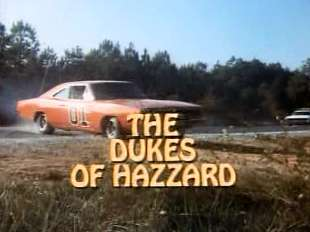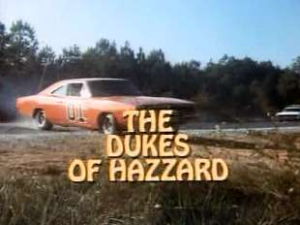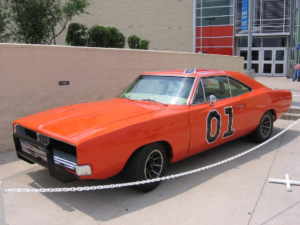
Little-Known Bloopers And Mistakes In Dukes Of Hazzard
Television was at its peak in the 1980s, when only the best shows were seen.
Millions of people fell in love with The Dukes of Hazzard because of its unique cast, action-packed moments, and famous General Lee. However, the show had its share of blunders, unspoken facts, and errors that viewers still point out now, just like any cherished classic.
There is much more to The Dukes of Hazzard than meets the eye, from mishaps to hidden truths. Let’s examine some of the entertaining and unexpected moments that contributed to this program becoming a genuine part of 1980s television history.
The Dukes of Hazzard has a timeless quality. Its straightforward style, sparse use of profanity, and unadulterated joy made it a must-watch program for millions of people.
And Daisy Duke—who could forget her? She essentially created a fashion trend that is still popular today with her famous short shorts.

With her picture prominently displayed on bedroom walls next to celebrities like Farrah Fawcett, she was one of the primary reasons for many people to tune in. We were hooked to the screen every Friday night, anticipating Bo and Luke Duke’s next adventure in their beloved General Lee. The Dukes of Hazzard was more than simply a television program; it was an experience.
It was the kind of show that united everyone, whether they were racing home before 8 p.m. or out on bikes in the summer, thanks to the iconic cast and the unforgettable chases. Let’s examine the allure of The Dukes of Hazzard, a timeless work that continues to evoke sentimental recollections of bygone eras.
Sorrell Booke’s surprising contract
One interesting tidbit regarding Sorrell Booke’s portrayal of Boss Hogg on The Dukes of Hazzard is that the character’s contract included a special provision that prohibited him from ever engaging in drug trafficking or murder. It’s an intriguing requirement, particularly in light of Boss Hogg’s dishonest and cunning behavior.
However, it illustrates the show’s playful, family-friendly tone. Boss Hogg became one of TV’s most recognizable antagonists thanks to Sorrell’s flawless fusion of charm and humor, and I genuinely believe his portrayal was worthy of at least one Emmy consideration.
Sorrell Booke really wore padding underneath his clothes to make the rotund “Boss” Jefferson Davis Hogg appear much fatter than he actually was in order to bring the role to life. All of this was a result of his dedication to creating the most remembered version of the renowned character.
Truth about General Lee’s famous ”Dixie” horn
Did you know that the initial plan did not include General Lee’s famous “Dixie” horn? The producers were traveling in Atlanta during the early episode filming when they heard a car whiz by blasting the well-known song. They were intrigued, so they followed the vehicle, persuaded him to sell the horn, and then paid a hefty price for it.
It turns out that they could have purchased it at a far lower cost at any auto parts store! The horn was only utilized in the first five episodes, as if that weren’t amusing enough. After filming shifted to the Warner Brothers lot, it was then incorporated during post-production. What a quintessential instance of “oops!”
John Schneider lied about his age
John Schneider has said in a number of interviews that he lied about his age in order to get the part of Bo Duke.
He was only eighteen when he told the producers he was twenty-four. He arrived for the audition with a six-pack of beer, a casual t-shirt, and a Southern accent—despite being from New York City—to further complicate the lie.
Truth about the General Lee
Are you up for some interesting trivia about the renowned General Lee? Many cars were totaled while The Dukes of Hazzard was being made. Since Dodge had ceased producing the Charger, it was difficult to locate replacements for the General Lee, but replacing the police cars was simple. If they saw a Charger, producers would even pull over passersby and offer to buy it right away. According to IMDb, between 256 and 321 General Lee vehicles were produced and largely destroyed throughout the exhibition.
Based on a 1969 Dodge Charger, the recognizable orange vehicle featured the Confederate battle flag on its roof, the “GENERAL LEE” emblem on its doors, and the recognizable “01” number. Fun fact: there was an extra checkered flag behind the back window in the first five episodes shot in Georgia, but it had to be taken out since it was too difficult to replicate repeatedly.


Leave a Reply